When the Warsaw District governor occupied the Polish government in October 1941, he ordered the authorities to create a Jewish district (ghetto) in Warsaw. All Jews were relocated to this area by the end of November 1940. The Poles were forced to resettle to the ‘Aryan side’ and were replaced by 138,000 Jews from other districts of the capital. By April 1941, more than 460,000 inhabitants were living the area, with an average of 7.2 persons per room. 85,000 of them children up to the age of 14. Four thousand Jews from Germany also settled there and thousands of Polish Jews were also brought into the ghetto.
The area lacked basic facilities and the residents were facing typhus epidemics and starvation. The only real means of survival was the smuggling of food and bartering, the majority of the ration consumed in the Ghetto was brought in illegally. Between October 1940 and July 1942 around 92,000 Jewish residents of the ghetto died of starvation, diseases, and cold weather. When the Germans invaded the district, they killed everyone and the Warsaw ghetto ceased to exist.
These photographs show life in the Warsaw district, and they were captured by Willi Georg and a few by Heinrich Joest in the summer of 1941. These photos show people trading on the streets, women searching for good quality bedclothes, children playing, and busy in their lives. Trams were operated by workers ‘Aryan side’, provide limited public transport services.


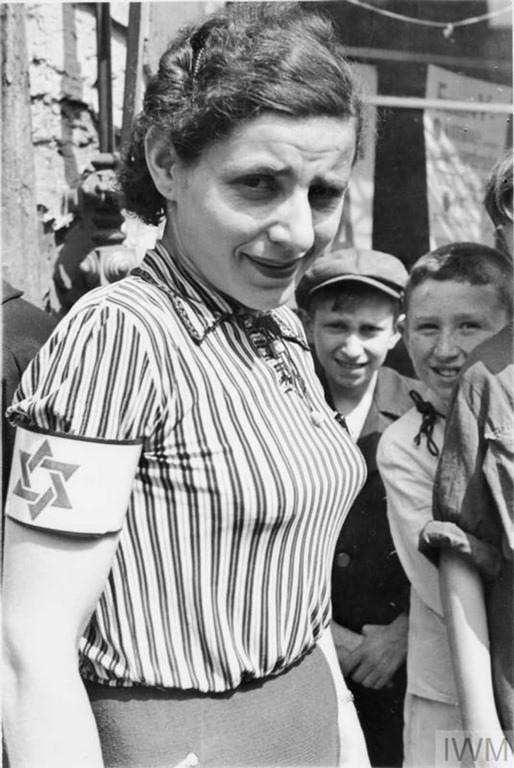
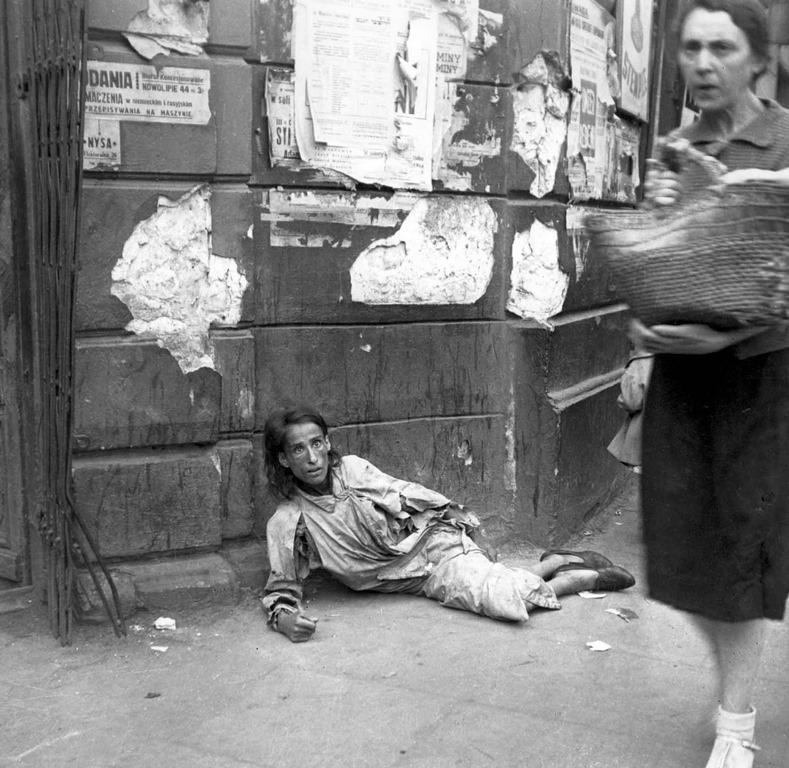
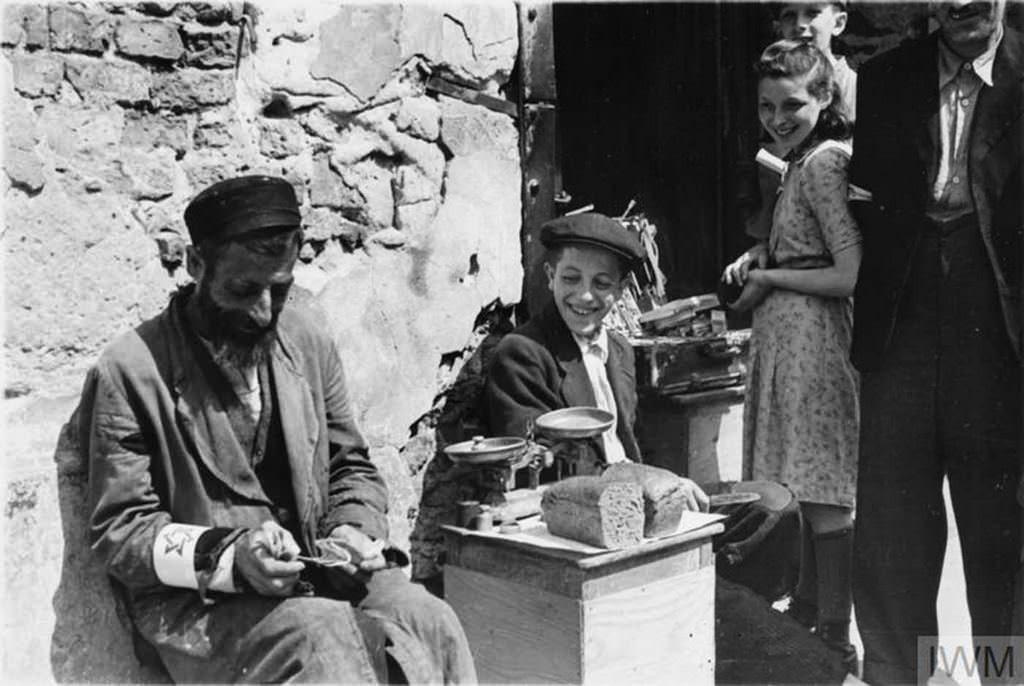
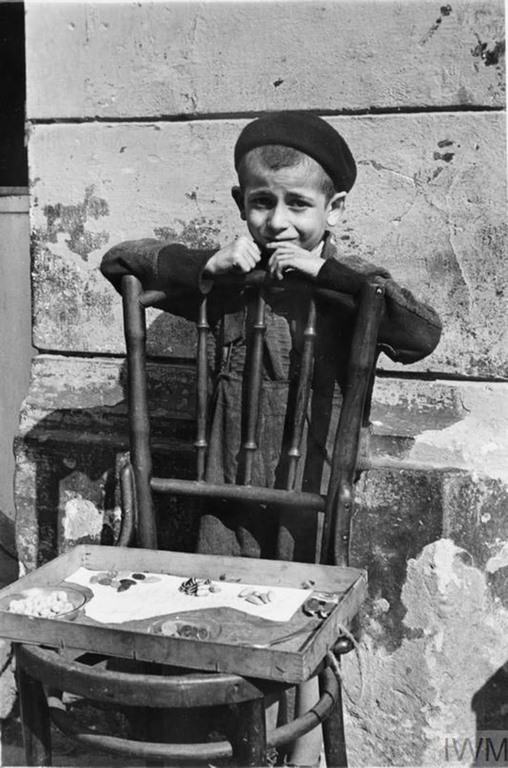
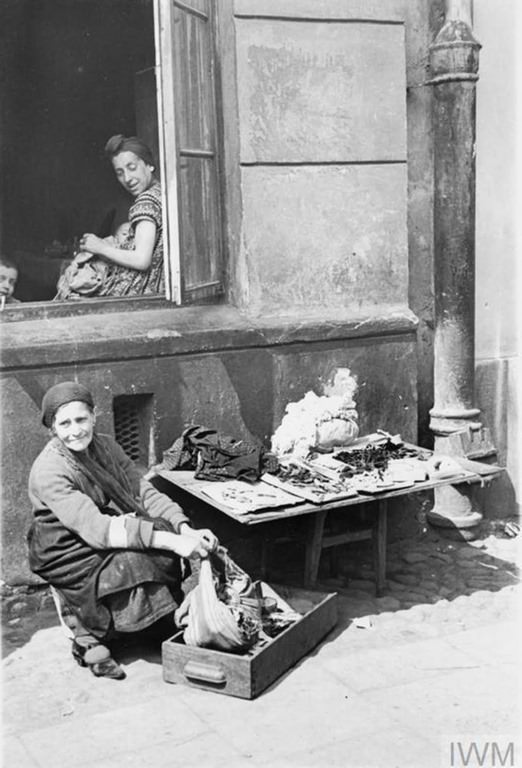
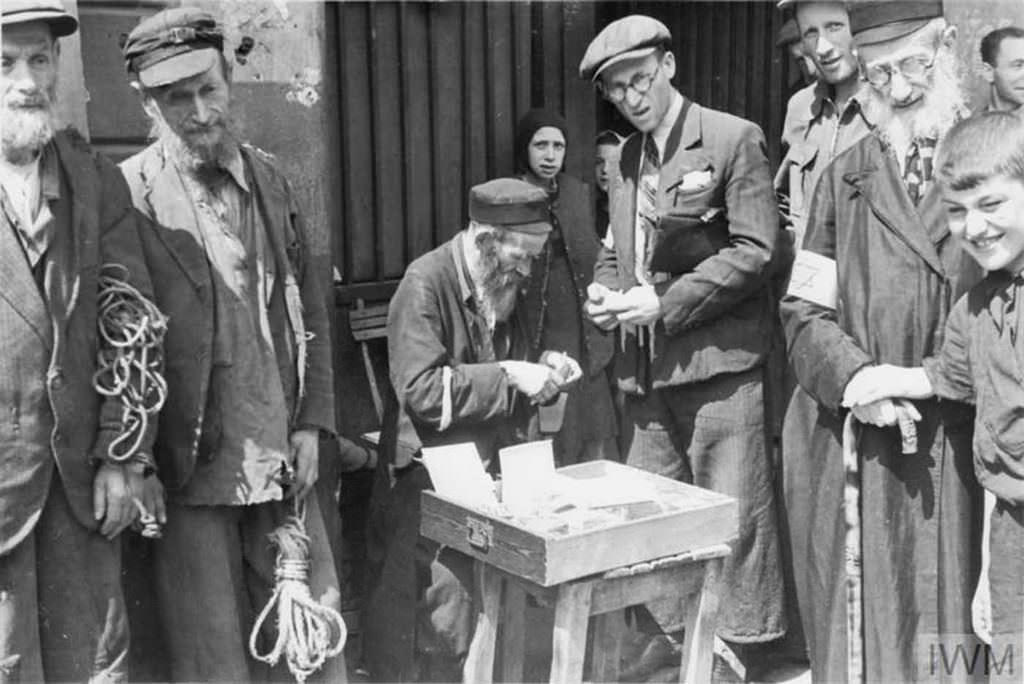
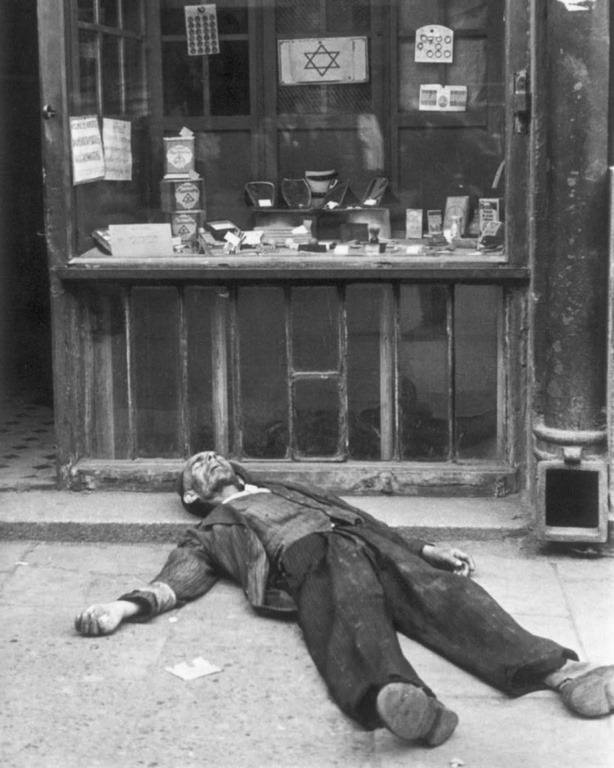
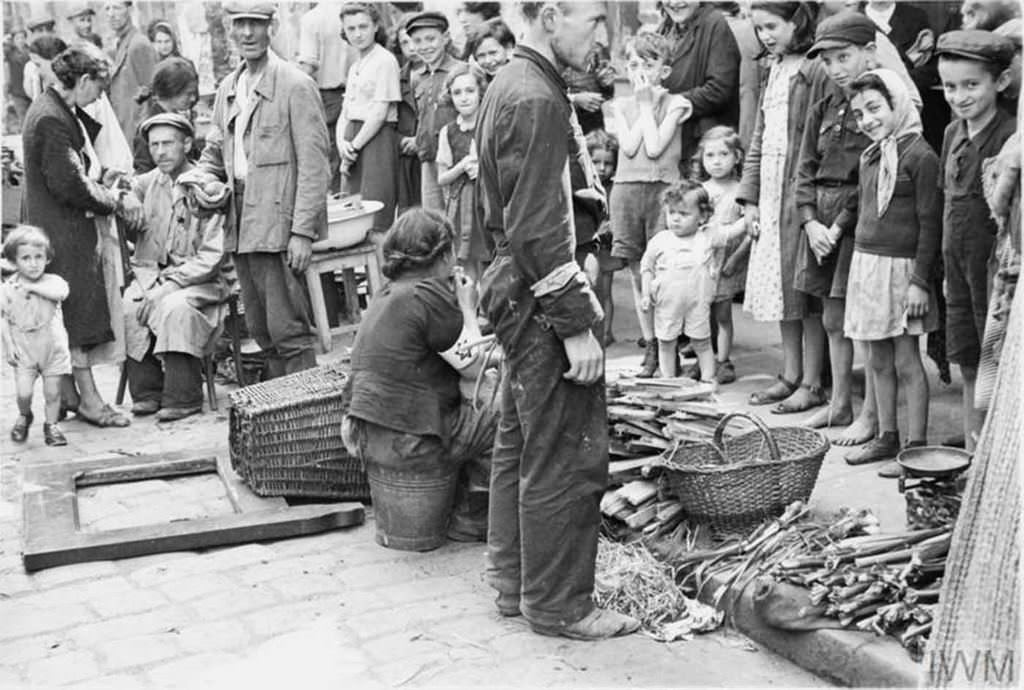
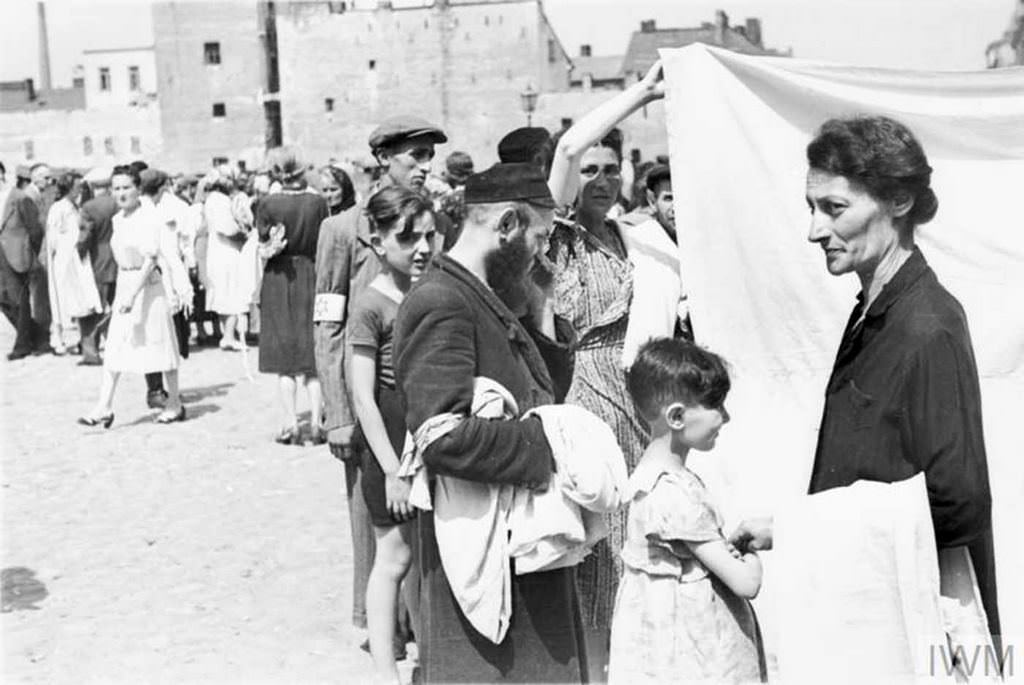
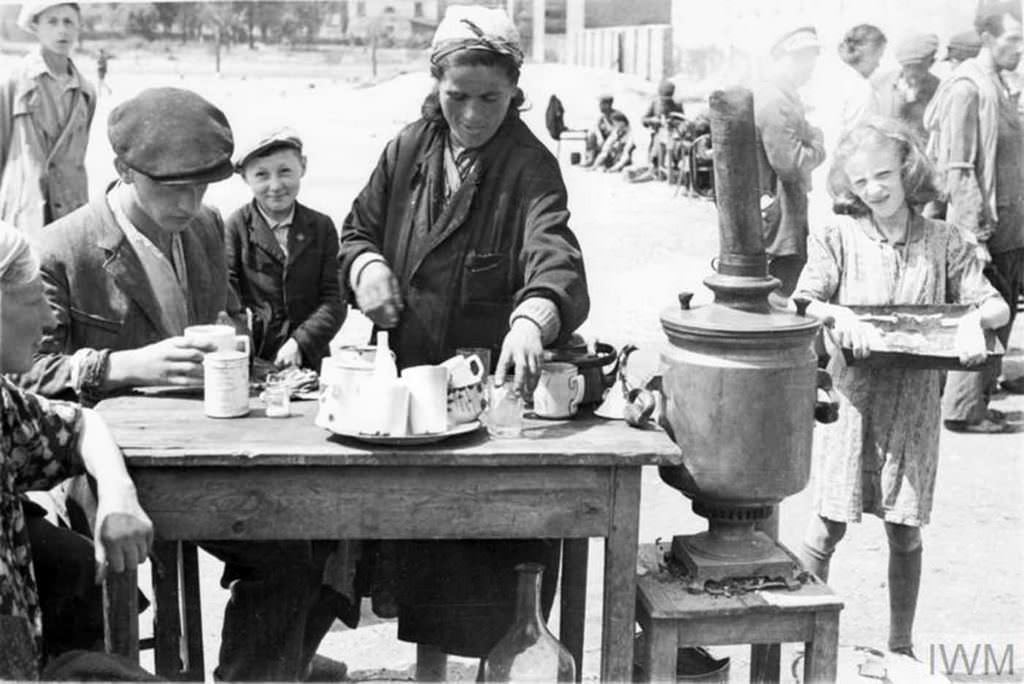

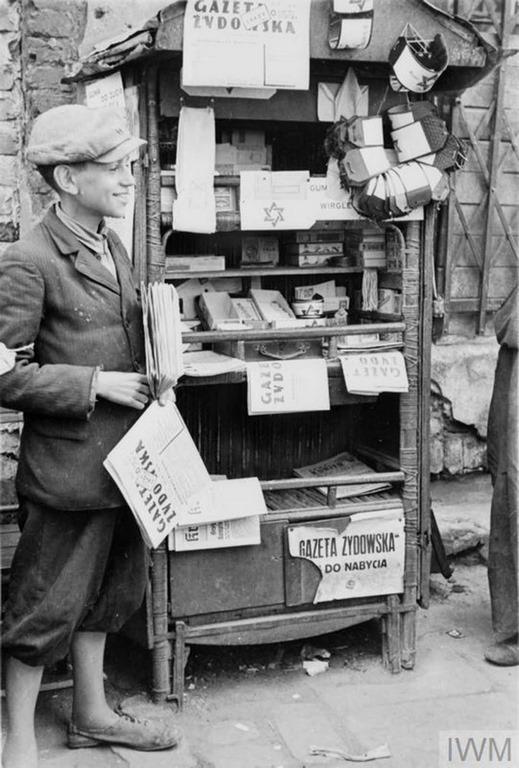
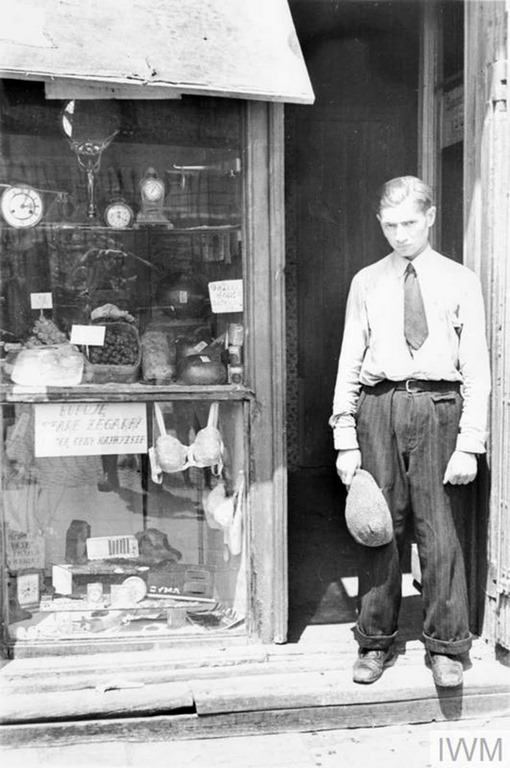
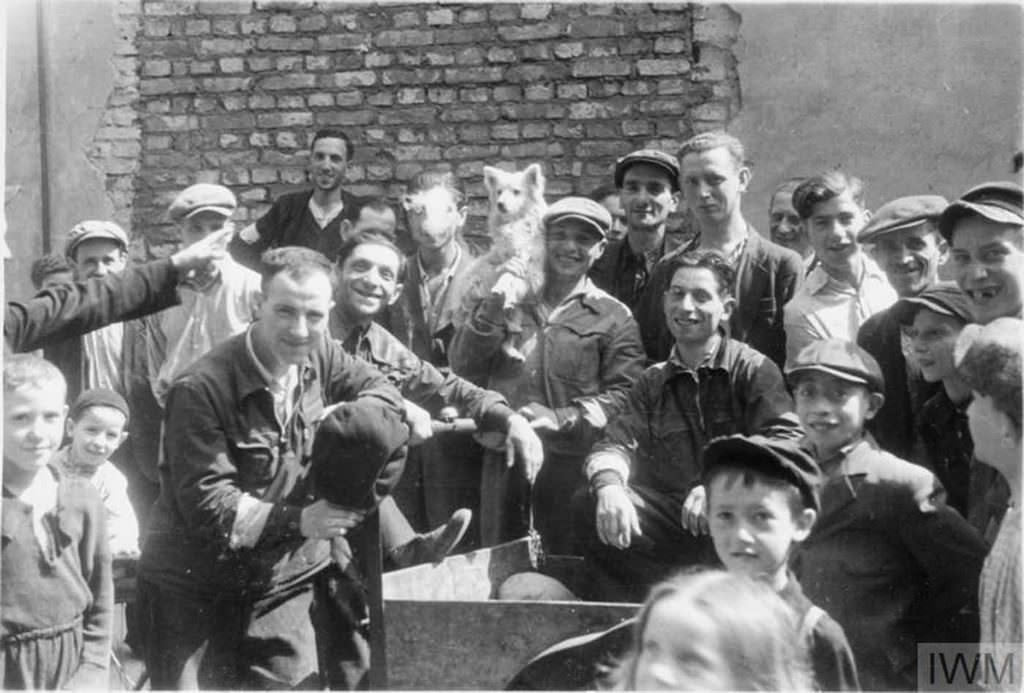
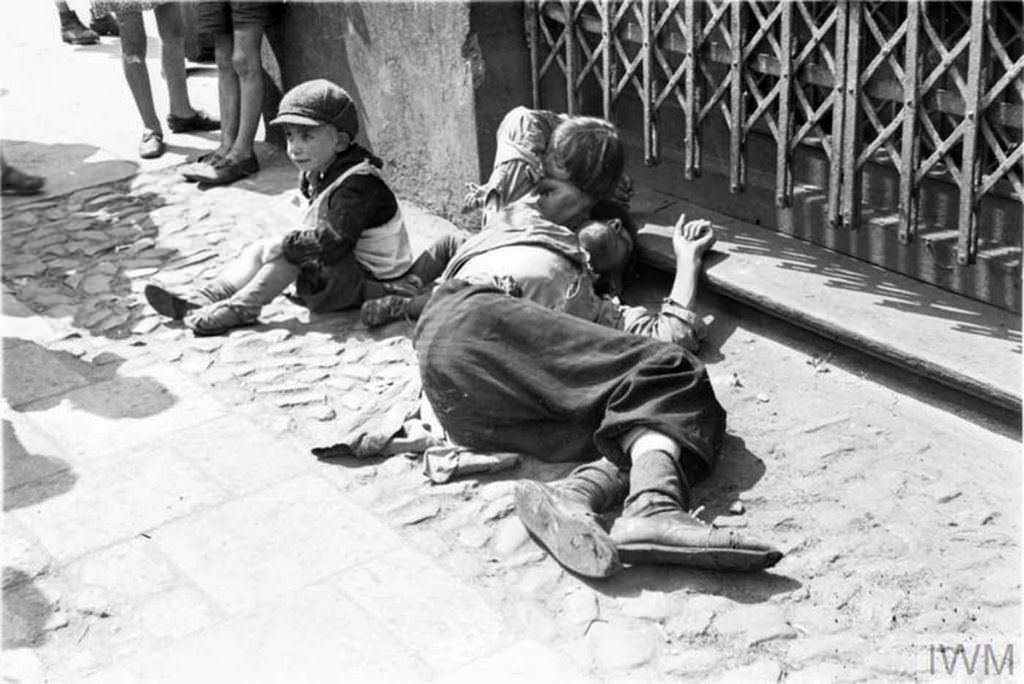
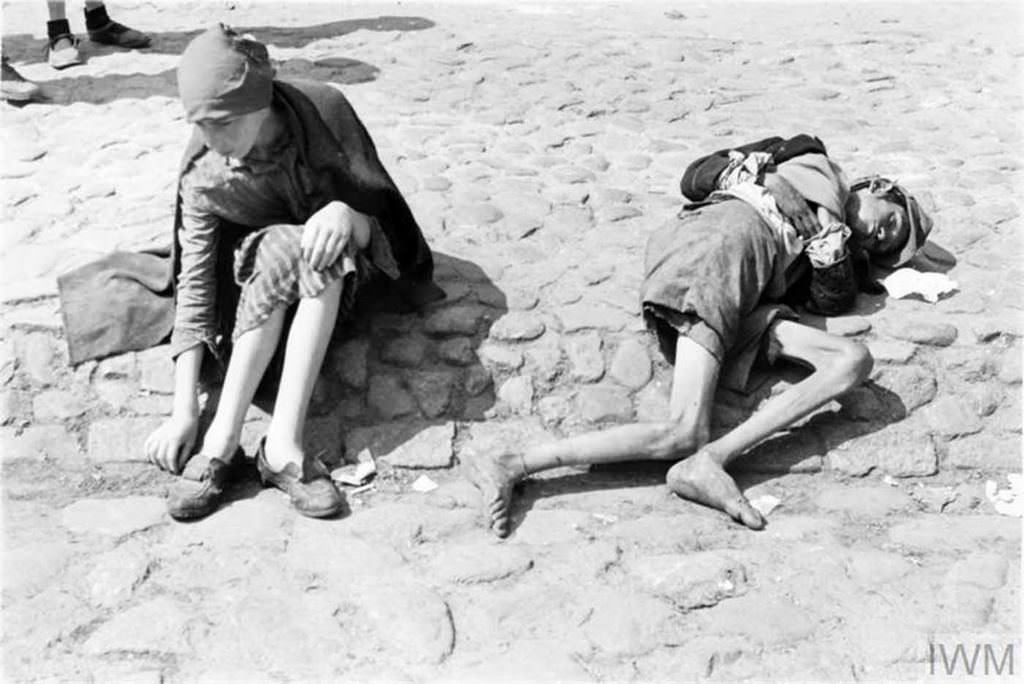
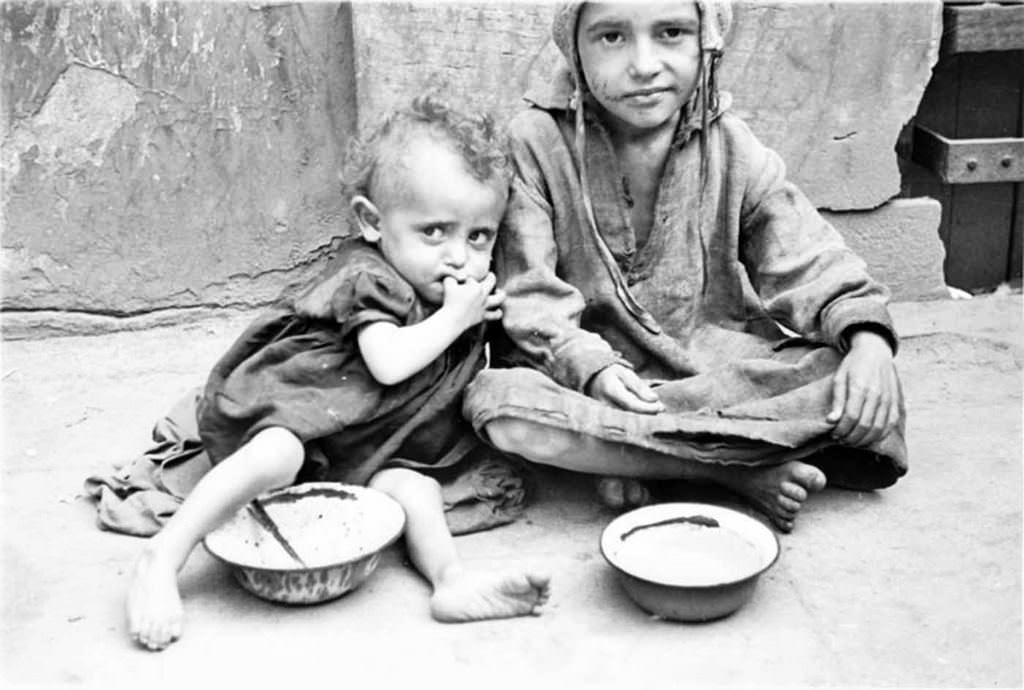
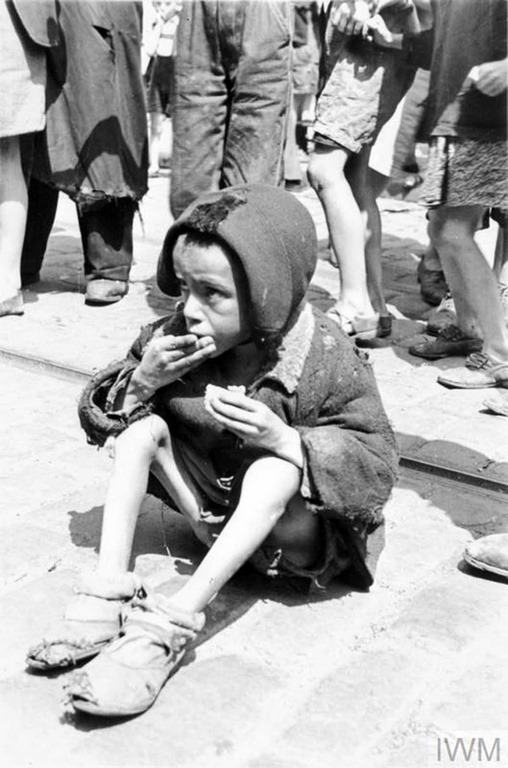
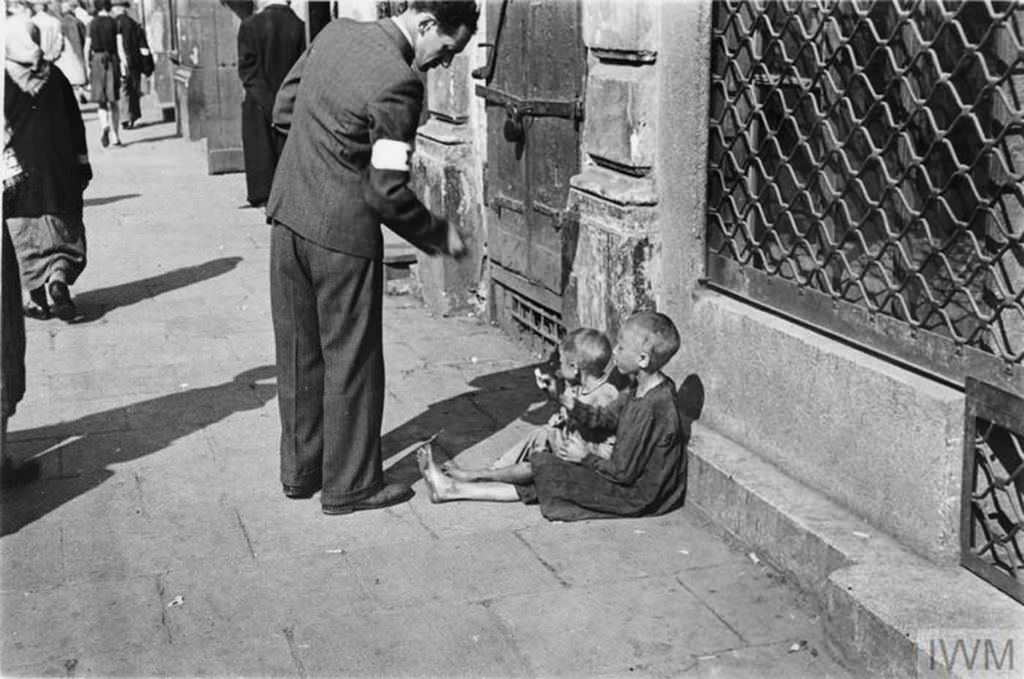
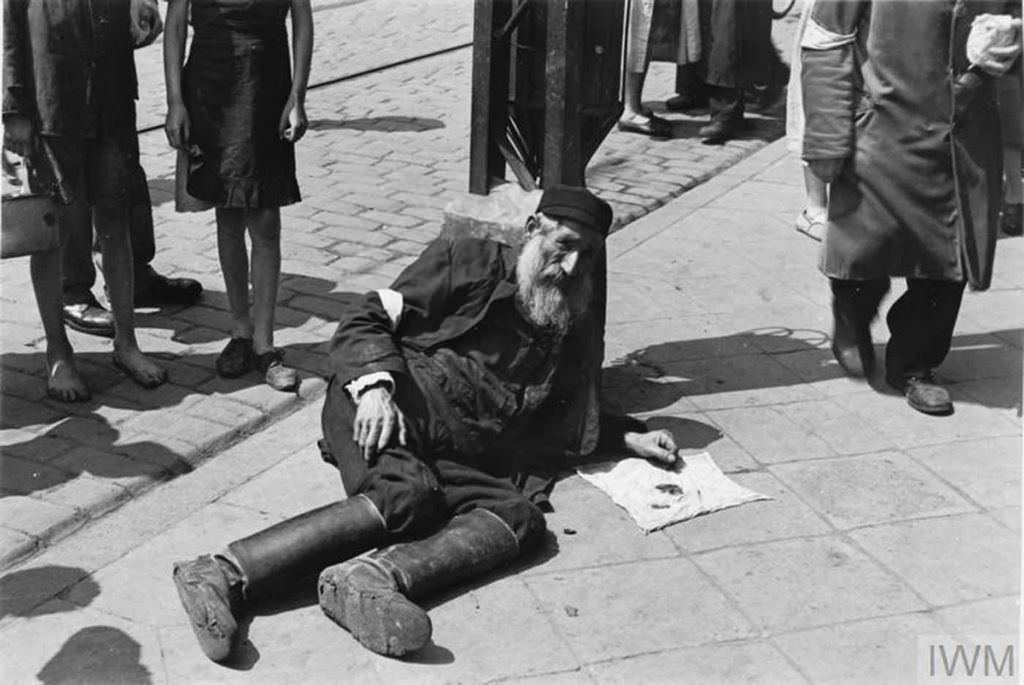
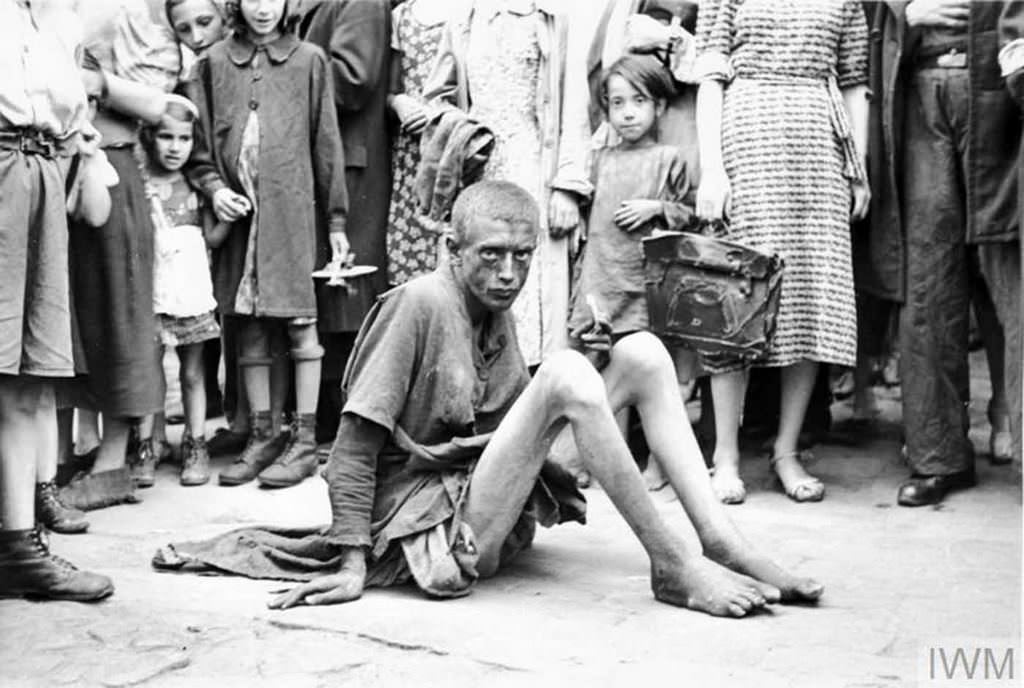
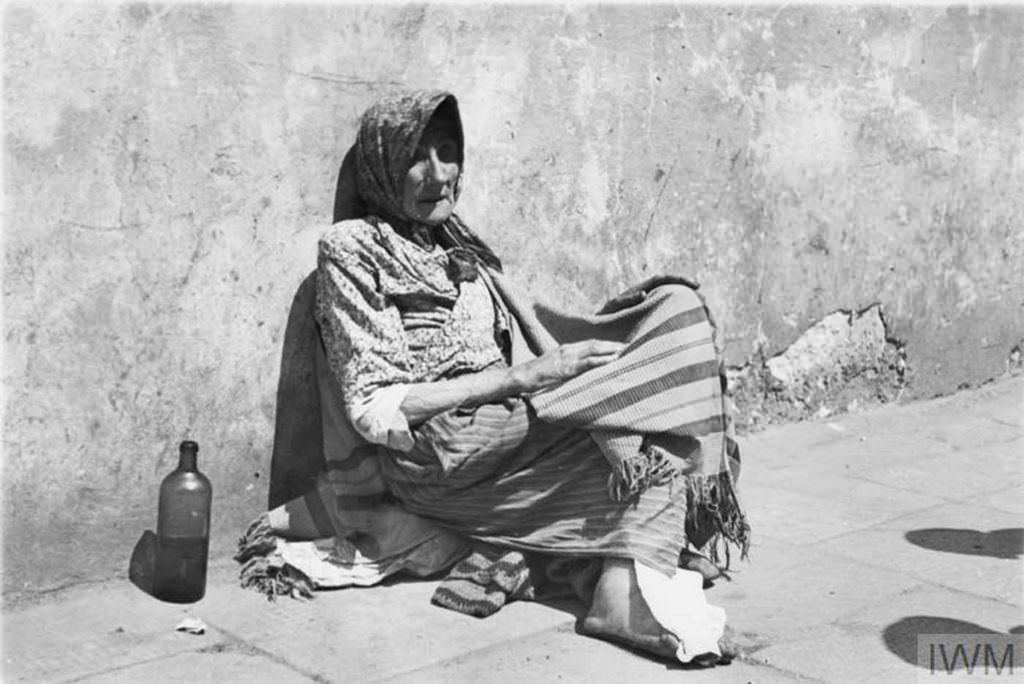
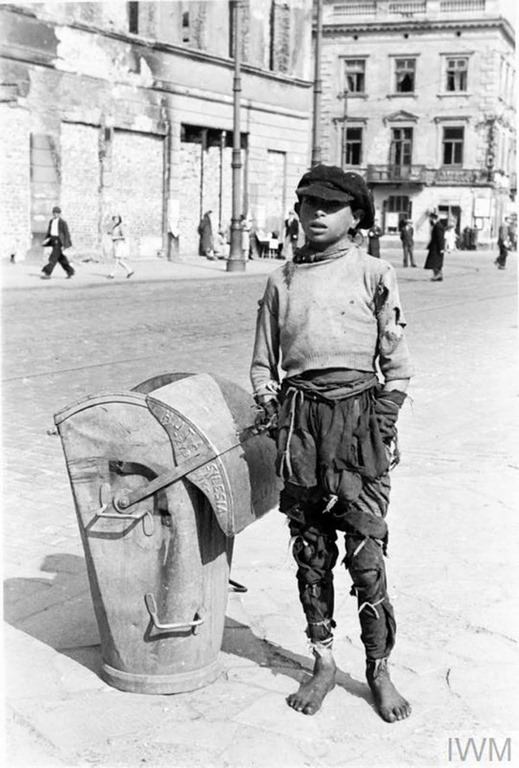
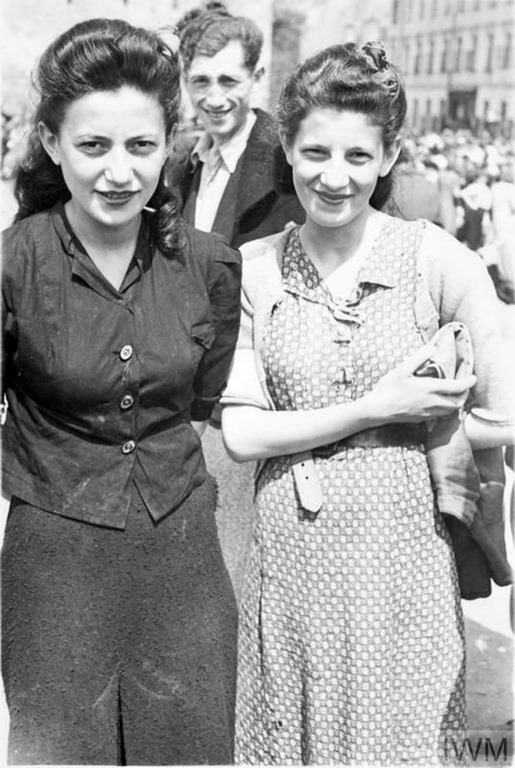
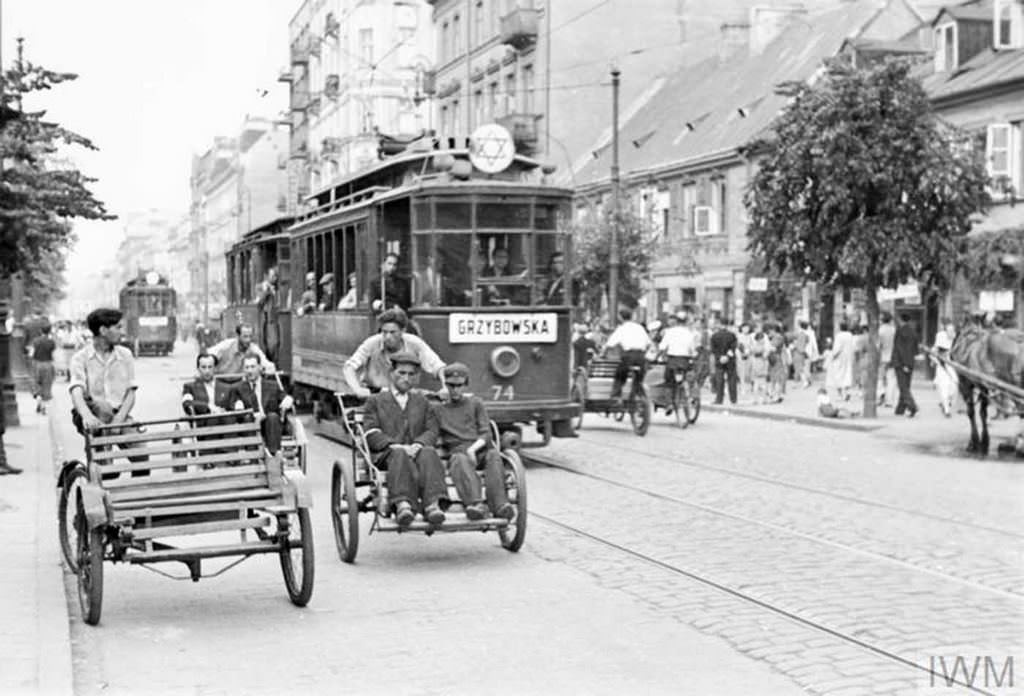
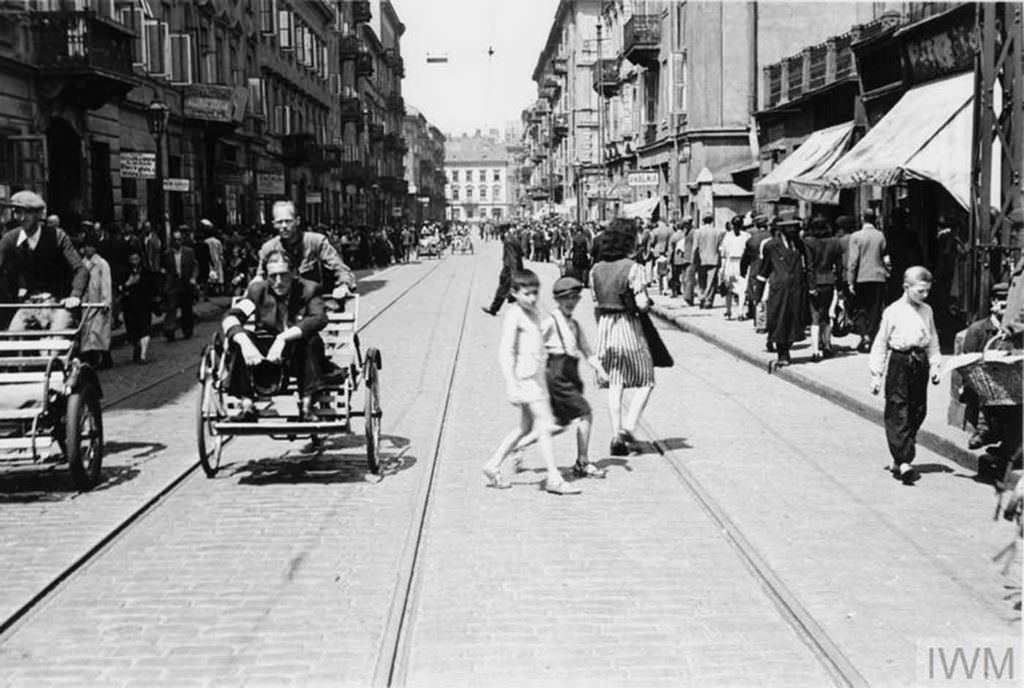
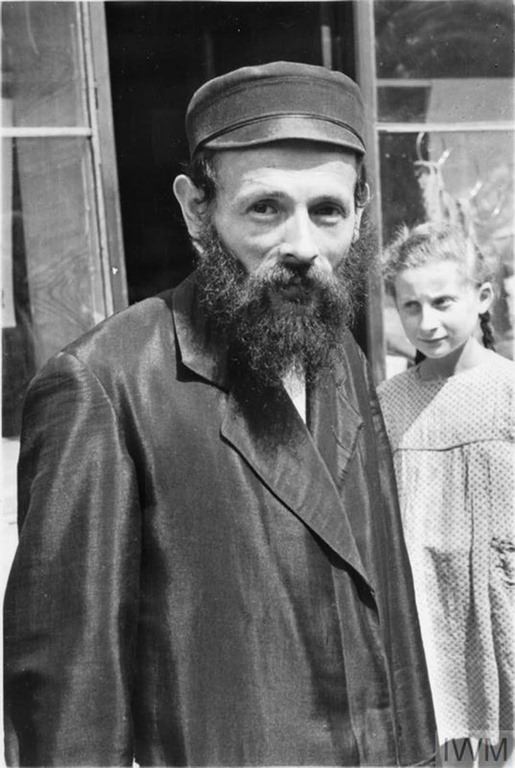
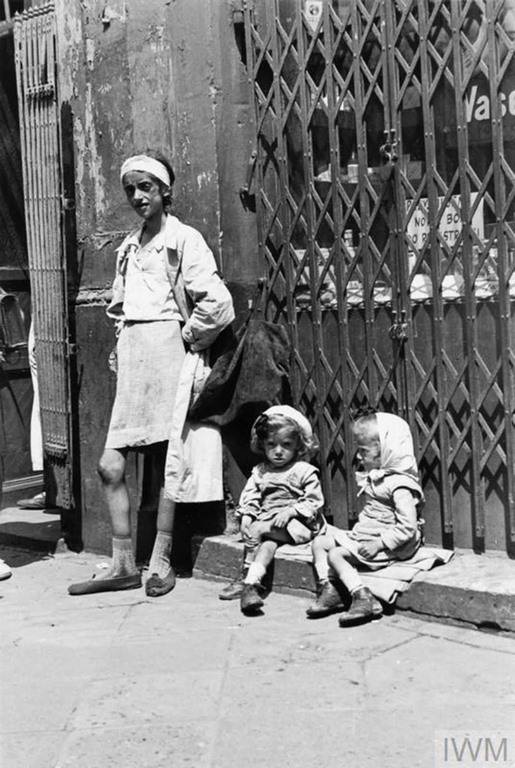

I cried while looking at those photos, especially the starving people. I cannot imagine the suffering the Jewish people endured then.
Can you cry for the Palestinian children? Because now their grandchildren are killing them.
Jews have only one nation and people like you can’t bear this.
There are a lot of casts, religions, Ethnic groups, and several other groups with similar identities who don’t have a nation. The problem is that Israelis are building their country on the graveyards and corpses of Palestinian children. You have entirely erased a nation from its existence. I know jews were tortured, killed, punished and raped during WWII, but that doesn’t give you the right repeat the same on other people. And whenever someone argues with narcissist-minded Jews, they only have one answer; because it is written in our book that the land belongs to us. This is the only justification they have. If I show you a book, and occupy your home, and throw out your stuff and family, would you allow me to do that? The Israelis are not the only jews in the world. I have seen mass protests against Israelis by Jews in New York and several other major cities, but the media don’t cover these stories.
My heart goes out to the Jewish community. I cannot understand why this has happened. There are so many starving children! I cannot imagine the hopelessness their parents must have felt.